Most of you know that by now I have had one of my old cameras converted to be an infrared camera. It wasn’t a new idea, I had considered it once before when I first got my D800. At the time I had two D300s bodies, and I didn’t need two so I thought why not. When I looked into how much it was going to cost I realised it was too much money at the time.
Being a risk taker and doing infrared photography
Earlier this year a friend of mine wanted to sell her D90 and I was thinking it would be a good camera for my daughter. She didn’t want a lot of money for it because it had dropped in some mud once. It was still working okay and I knew it was alright. My daughter showed some interest for about 5 minutes and that was it. So now I had two spare bodies again. I thought perhaps the D90 might be a good camera to do the conversion.
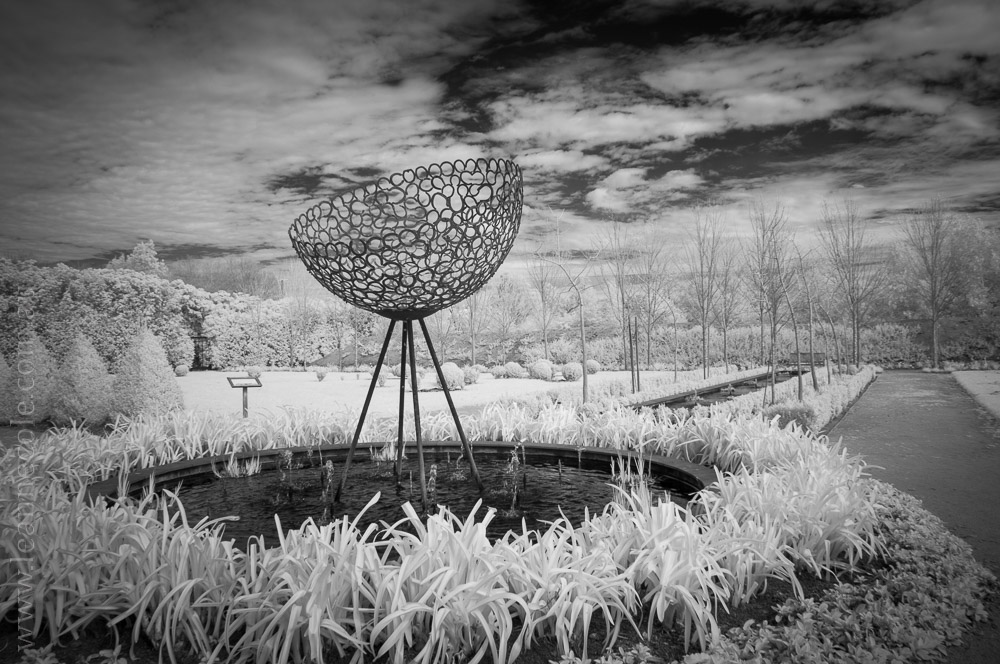
Why
There were a couple of reasons for wanting to do it, one because I really like the look of infrared images. I love how different they make the world. As I struggle to make sense of everything, it is nice to see how you can turn the world inside out. The second reason was because I wanted to learn something new. I love long exposure photography, but, I am being asked constantly to write about it. Trying something new was needed, so infrared it is.
Learning
I didn’t really know much about it, except that the camera would be infrared dedicated and I wouldn’t be able to use it for anything else anymore. An email was sent to the place that would do the conversion, Camera Clinic. The price hadn’t change, it was still AUD$495 for a cropped sensor, so that was good. Then they started telling me things about the camera that I had no idea about. I had to choose a filter for the sensor.
How
All our digital cameras come with a filter over the sensor. To convert the camera that filter has to be removed and then a new one is put in its place. Now, I’m only guessing here, but I think the filters that come with the camera don’t allow infrared light to reach the sensor, whereas the filter that it is replaced with blocks visible light. So I’ve read. It is all very confusing, I know.
You then have to decide which filter you want. There are quite a few to choose from, however I was only given the choice of two, the 720nm, near infrared, or the 850nm, deep black and white. I didn’t want complete black and white images. I knew I wanted to get some colour, so I went for the most common option, the 720nm filter. A lot of people I’ve talked to have gone for the same.

Which camera
Just as I was about to send the camera in, I had a thought, I still had the old D300s camera here doing nothing, and perhaps I should find out which of the two would be better to convert. I gave them a ring and told them that I had two cameras I could use and which one did they think would be better. They told me the D300s was best, something to do with the live view, the D90 didn’t have it. The D300s was going to get converted. I am so glad I made that call and asked. It isn’t a bad idea if you are planning on converting a camera and have choices.
I sent the camera in to Camera Clinic and waited the two weeks for it to be done. It was a frustrating time, once I had made the decision to do it, I couldn’t wait.
Experimenting
The camera has been done for almost two weeks now and I’ve been out with it a few times. I’m looking forward to taking it with me to Tasmania next month. Though, I do have to admit, I wasn’t sure what people would make of my infrared images. The first time I thought about putting one on Instagram I was worried that my followers would think it was too different and not like it at all. I asked a friend if I was being mad and she said, “I think people appreciate your willingness to take risks and do something different , you’re not run of the mill and people don’t expect you to be.” Iit is not something I had never thought of myself as, but perhaps she is right. Experimenting is a lot of fun and it is always good to try new things.
Finally
Many of you have said you would like me to talk about this more, and so this is the first of many posts where I will discuss it. Today’s post is more about the decision and how I had the camera converted. There will be more on taking photos, lenses, and processing as I go along. Also, I will attempt to share articles that I’ve found that might give you more information.
I took the camera to Alowyn Gardens on the first day of spring, and took some photos with it. You do get to see things in a completely different way.






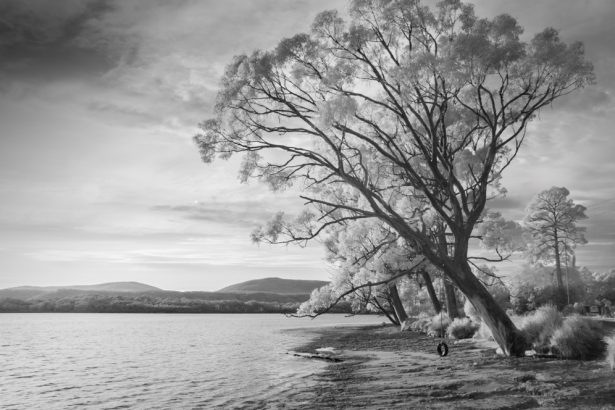
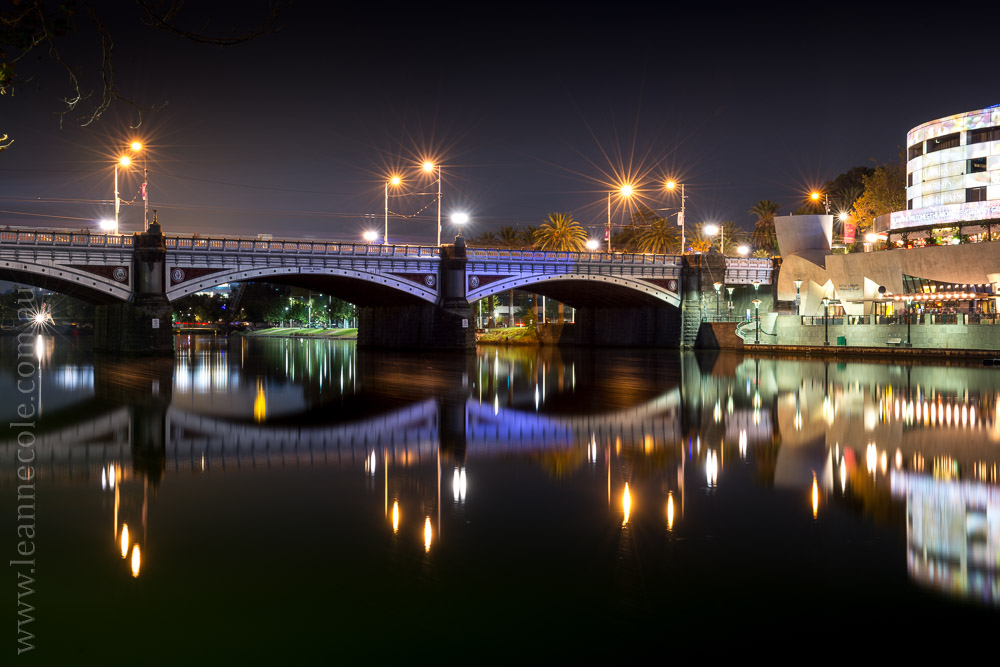
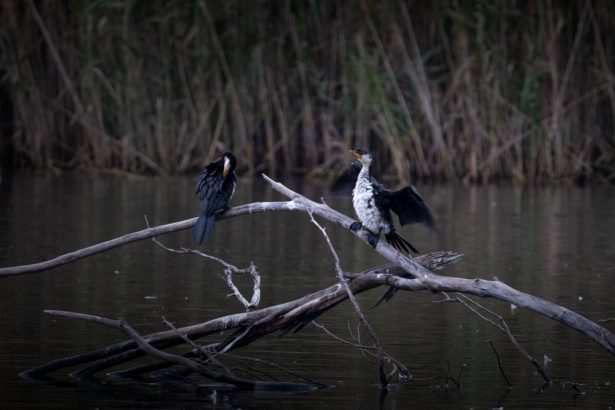
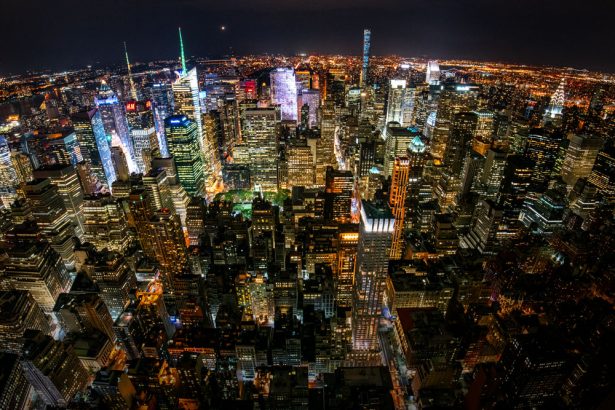
This is really neat! I hadn’t heard of converting cameras to infrared sensors before; very interesting. And I also appreciate your friends’ advice about taking risks – a good friend to keep around 🙂
Thank you, and yes, it is quite cool how you can do that. Oh yes, she is a great friend.
Amazing 🙂 glad to have come across your blog 🙂
Thank you, that’s nice of you to say.
Really interesting story. I feel there’s nothing wrong with taking ir photo as long you maintain your photography basic theme. and it always fun to try new thing.
Thank you, glad you enjoyed it. I agree, I think sometimes you really need to step out of your comfort zone and see what you can do.
Just stumbled across your blog – and I absolutely love your photos… looking forward to seeing more of your work. Ali
Thank you Ali, that is wonderful of you to say.
This is super cool! I love the way you see your subjects through the lens.
Thank you, what a nice thing to say.
this is very interesting. I tried once to do infrared photos on the unmodified camera with just some filter on top, but didn’t like the results. Very interesting photos you have here.
Thank you. I don’t quite understand what you mean about the filter on top? They put a different filter on the sensor when they do the conversion, but I haven’t been using another filter as well, just shooting like I normally would. I am really enjoying it. Of course there are some subjects it doesn’t suit, but then there are others, that well, blow me away with the world it lets me see.
i read on the internet that some cameras still let some IR light in. So if you put a really thick ND filter to block the visible light, then the IR/visible ratio will shift to the IR and you will get IR-ish photos. It worked, but I didn’t feel the drive.
Yeah, I didn’t do a lot of research, just had the camera converted and started taking photos. I have noticed I get some hot spots with my lens, so might have to try another one. I think if I had to go to all that trouble I wouldn’t do it, but I have been enjoying just taking photos.
Hey Leanne Great photos there. Infrared is a totally different world. My first DSLR (Pentax K200D) has Infrared capability. Looks like it may be coming out of the cupboard again. I did some back in 2009 and had fun with the results. Thanks for this article and I am sure you will enjoy this medium. Regards Ron.
YOu will have to get it out again Ron,I’m glad you enjoyed the post, thanks Ron.
It sounds like an exciting and experimental time for your photography, Leanne. Good that you read around and did some research before taking the plunge, and that phone call too. Never hurts to ask all the questions you have before giving it a go. It doesn’t sound cheap at all to convert the camera (with that kind of money you could get another body or lens), and it must have something you thought about for a while 🙂 I really like the last photo in this series – it gives the illusion that snow is all over Alowyn Gardens.
Thank you Mabel, it is a bit, I do love experimenting. It never hurts top ask, I’m good at asking questions.It isn’t cheap, but it is a nice thing to do to an older camera, give it a new life. I’m glad to hear that as well.
Leanne, my friend. You need to start your own YouTube channel. Your photos are awesome.
I have one now, but I don’t do enough on it, but I’m thinking of starting something, thank you Noel.
I love them! The fountain totally stands out now. I agree with your friends, I don’t expect all the same from you. You’ve gone through different periods. I’m glad I have an image from your costume and composite period, for example. That kind of work may never come again. But I enjoy all your work. It is special. Also I enjoyed reading your thought process. Do you have to take the infrared photos at night?
Thank you Nicci, that’s good to know, I suppose I have. I had forgotten about that image you have. Not many people own images from me. I like the infrared, and no, you can do it during the day, all day long.
That’s amazing, thanks for letting me know.
Yes that piece is beautiful. It reminds me of Rembrandt.
YOu’re welcome.
great work, very inspirational to see you exploring different aspects of photography. I am looking forward to seeing your photos from Tasmania, we will be travelling there in December. Unfortunately we will not get to Melbourne on this trip to Australia!
Thank you Janice, I like to learn new things.Tasmania is beautiful, let me know if you need any info, if I can help I will.
thanks I will touch base with you as we get a little closer to the trip
Okay, that sounds good.
thank you for the details – and striking images – I have an old D200 – gathering dust — hmmm… Camera Clinic – infrared – raising the bar and turning
a smile 😉
You’re welcome Doreen, sounds like you might have to dust that old camera. I don’t know where you can get it done in the US, but there will be places. I’m glad to hear that. thank you Doreen.
Your infrared images are amazing, Leanne. I love the effect it creates on landscapes in particular. How do images of flowers and people differ from non-infrared images? Is IR suited particularly well for specific colours and combinations of colours?
Thank you Reggie. Images of flowers don’t work so well, because you get all the foliage around them, the flower sort of gets lost in it all. YOu would have to do them on their own with a dark background I think. I haven’t tried people yet, but I’m told you can get some interesting results. I don’t think the colours matter, it is about moisture, I believe, how much there is in what you are photographing.
Oh, that is interesting. I didn’t realise that moisture content would affect the images… I’m glad you’re having fun experimenting in different settings.
Yes, I believe that is what it is. So somethings that have lots of moisture come out white. I am, especially here in Tassie, lots of dead trees.
Fascinating!
Thank you.
Hi Leanne, I posted my article about Monochrome Madness: https://judicastille.com/2017/09/06/monochrome-madness/
Regards
Judi
Okay Judi.
Great shots with the IR conversion. I guess I never thought about shooting IR as taking risks, I guess because for me I put the work out there and if people like it, fine…if not that’s OK but it is not going to change what I am doing (artistically) – but then again, it’s not how I make my living, so I have the luxury of not having to cater to clients. Looking forward to your Taz shots!
Thank you Robert, I think my friend was more thinking about how people know me for doing one sort of photography, say, but then I do something really random, and it can kill you, or you lose people following you. I don’t think it was a risk trying it, and it seems now it was a fantastic idea. I’m so glad I met you actually, if I hadn’t come across your blog and your IR images, I may never have done it, so thank you so much Robert, you have been an inspiration.
Tassie, I’m looking forward to trying the camera in the rainforests, see what I can get.
Thank you for your kind thoughts…I have enjoyed knowing you as well – someone willing (like me) to share their knowledge and experience and not all caught up in keeping secrets about techniques. Have a safe journey!
I do hope we get to meet again one day, I would like to go back to New York. Yes, sharing information is a good thing, I do keep some secrets though, I don’t share how I process my photos, maybe one day. Thank you Robert, I’m looking forward to it.
Happy to see you jump on the IR train! I caught the bug a little over ten years ago when I shot a few rolls of Kodak High Speed Infrared film on a whim, not long before it was discontinued. The converted Canon EOS XTi/400D I got in 2007 is still trucking along, though it may be due for replacement in the next few years if I can afford it. Infrared is definitely niche but it has the potential for jaw-dropping images under the right circumstances. I’ve found it’s great not only for the usual landscapes, but aerial (haze-cutting capabilities) and portraits (makes the skin look luminous).
Thank you Lowell, I think I always knew I would, when the time was right. I bought some of that IR film when I was using film many years ago, but it seemed so complicated and I was too scared to use it. That’s great that your camera is still going well. I guess that is one of the problems with this, we all tend to use cameras that are already quite old. I got my camera about 8 years ago. It is, I like the niche and like the idea of doing something that not everyone else is doing. I am really enjoying experimenting with it and seeing what is possible. I will have to remember those things, I’ve heard photographing people can be weird. Thank you so much.
Yeah, I think the reason it’s lasted so long is that the XTi was only about a year old when I first got it. I only take about 1/10 as many IR photos as color, so the shutter hasn’t worn out yet. It’s only 10 megapixels though.
Portraits can be a little strange because subjects often have dark eyes. Clothing is also designed to look good to the visual spectrum, so I’ve found that dark clothes often look rather light in IR. Still, it has its uses because the skin has a real glow to it, with imperfections like pimples and sun damage almost invisible (without Photoshop!).
Oh, that’s lucky, I expect the shutter in mine will go at some stage, it was a very well used camera when I used to do cycling.
I have tried portraits yet, but it is on the list. Oh, thank you for explaining that, I can’t wait to try it now. You’ve inspired me.
I would love to see an infrared photo such as your first one (beautiful, BTW!) placed side by side with a photo of the same scene but taken with a normal camera and then converted to monochrome — just to see how they differ.
I might see if I can do some when I’m in Tassie, the problem I had that day was that I had a macro lens on my other camera. But I know what you mean. I suppose I could do some with my phone as well.
I quite like the infra red look. I’ve played around with inverting colours on photoshop a bit which gives a similar look which I like. I also didn’t know you could get a camera converted, very interesting and thank you. I look forward to seeing the images you get with it.
I did that a while back trying to invert images and such, but while it is close it isn’t quite the same. Yes, you can, it is amazing. Thank you Deborah, I hope to show a lot more.
Beautiful infrared photography, Leanne!
Thank you Amy.
Beautiful, Leanne.
Thank you Cate
I think it’s important to take risks and try something new. I love infrared.. it gives the world a whole new perspective.. I didn’t realise you could have a camera changed to it though.. fantastic..
I’m with you Livonne, it is important to do it, to keep trying things, you never know what might happen. I agree, and yes, you can get your camera converted for it, it isn’t cheap, but not that expensive. I’m glad I did, though I have to take two cameras with me everywhere now, lol, thank you.